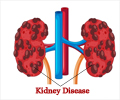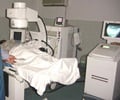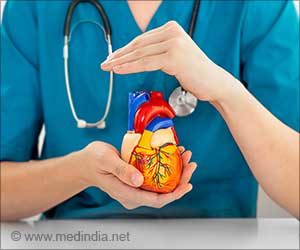Preserving the kidneys of deceased older donors on a pump – as opposed to the conventional method of storing and transporting organs in a cooler
Preserving the kidneys of deceased older donors on a pump – as opposed to the conventional method of storing and transporting organs in a cooler – may lower hospital costs, improve initial organ function, and promote greater use and more sharing of organs, according to new research by Wake Forest University Baptist Medical Center.
“By placing kidneys on a portable pump, preservation times can be safely extended to permit more time for sharing organs across the country,” said Robert Stratta, M.D., lead researcher of the study, which is reported in the May issue of the Journal of the American College of Surgeons.In addition, Stratta said, the pump can be used to project the kidney’s initial function – allowing for more appropriate matching of donor organs and recipients.
While machine preservation, or pulsatile perfusion, is not new, it is not widely used because it is more costly and labor-intensive. According to the United Network for Organ Sharing, only 21 percent of kidneys from deceased donors are preserved on a pump.
The purpose of this study was to compare outcomes in kidney transplant patients receiving kidneys from older deceased donors based on whether organs were preserved by pump or cold storage.
“The critical organ shortage poses a challenge to optimize the use and function of all organs from deceased donors,” said Stratta, explaining why it is important to compare the two methods of preservation.
With machine preservation, donated organs are connected to a portable pump to maintain a constant flow of a specialized preservation solution through the organs until transplantation. With both methods of preservation, a cooling solution is pumped into the organs during organ recovery. However, with simple cold storage, the kidneys are simply immersed in preservation solution and packed on ice until transplant.
Advertisement
The current study included 120 ECD kidney transplants -- 95 kidneys were preserved with machine and 25 with simple cold storage preservation techniques.
“The routine use of machine preservation for ECD kidneys may lower hospital costs by reducing complications,” said Stratta. “In addition, it may promote more sharing of organs; it is a superior means of preserving organs out of body and provides a way to assess the viability of the organ.”
Stratta said machine preservation has played an important role in the Medical Center’s success transplanting kidneys at the outer limits of the ECD acceptance criteria, such as organs donated after cardiac death, preserved for more than 30 hours, or from donors over age 70. In previous studies with up to four years of follow-up data, Stratta has shown that success rates with these organs are equivalent to those of conventional donors, in part because of appropriate donor and recipient matching through using the pump to assess viability and function.
Source-Newswise
SRM











